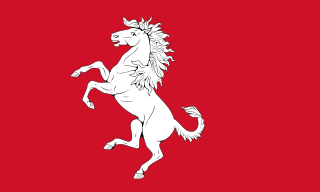
Kent is a county in South East England and one of the home counties. It borders Greater London to the north-west, Surrey to the west and East Sussex to the south-west, Essex to the north along the estuary of the River Thames, and the French department of Pas-de-Calais. The county town is Maidstone. It is the fifth most populous county in England, the most populous non-Metropolitan county and the most populous of the home counties.

Chatham is a town located within the Medway unitary authority, in North Kent, in South East England.

Rochester is a town in the unitary authority of Medway, in Kent, England. It is at the lowest bridging point of the River Medway about 30 miles (50 km) from London. Rochester was a city until losing its status as one in 1998 following the forming of Medway and failing to protect its status as a city. There have been ongoing campaigns to reinstate the city status for Rochester.
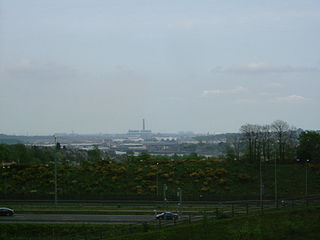
Medway is a conurbation and unitary authority in Kent, South East England. It had a population in 2019 of 278,016. The unitary authority was formed in 1998 when the City of Rochester-upon-Medway amalgamated with Gillingham Borough Council to form Medway Council, a unitary authority independent of Kent County Council.

The Isle of Sheppey is an island off the northern coast of Kent, England, neighbouring the Thames Estuary, centred 42 miles (68 km) from central London. It has an area of 36 square miles (93 km2). The island forms part of the local government district of Swale. Sheppey is derived from Old English Sceapig, meaning "Sheep Island".
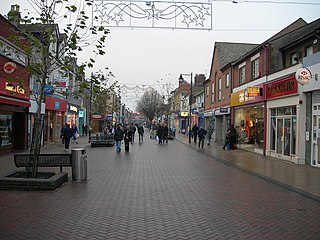
Gillingham is a large town in the county of Kent in South East England. For local government purposes it is in the unitary authority of Medway.
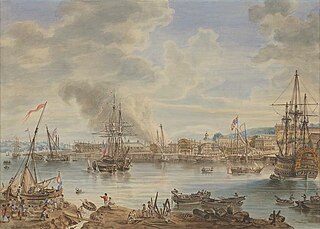
Chatham Dockyard was a Royal Navy Dockyard located on the River Medway in Kent. Established in Chatham in the mid-16th century, the dockyard subsequently expanded into neighbouring Gillingham.

Fort Luton was built between 1876 and 1892 south of Chatham, Medway, South East England. It is one of the five late Victorian land front forts built to defend the overland approaches to Chatham. It is the smallest of the Chatham forts and was built near to the village of Luton.
The site of Fort Bridgewoods is on the outskirts of Rochester, Medway in the United Kingdom, next to the Rochester-Maidstone road (B2097). The site was acquired by the War Office in about 1860 to form part of a ring of forts protecting the Royal Dockyard at Chatham.

Fort Pitt is a Napoleonic era fort on the high ground of the boundary between Chatham and Rochester, Kent. A fort on the site was proposed in the 1790s, and finally built between 1805 and 1819. Not finally used as a fort, it became a hospital and is now a girls' grammar school.

Borstal is a place in the Medway unitary authority of Kent in South East England. Originally a village near Rochester, it has become absorbed by the expansion of Rochester. The youth prison at Borstal gave its name to the Borstal reform school system.
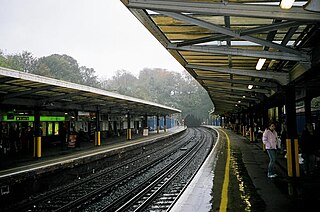
Chatham railway station is on the Chatham Main Line in England, serving the town of Chatham, Kent. It is 34 miles 25 chains (55.2 km) down the line from London Victoria and is situated between Rochester and Gillingham.

The South Eastern and Chatham Railway (SECR) C Class is a class of 0-6-0 steam locomotive, designed by Harry Wainwright and built between 1900 and 1908. They were designed for freight duties, although occasionally used for passenger trains. They operated over the lines of the railway in London and south-east England until the early 1960s. One example was rebuilt as an S Class saddle tank.

Rochester Bridge in Rochester, Medway was for centuries the lowest fixed crossing of the River Medway in South East England. There have been several generations of bridge at this spot, and the current "bridge" is in fact four separate bridges: the "Old" bridge and "New" bridge carrying the A2 road, "Railway" bridge carrying the railway and the "Service" bridge carrying service pipes and cables. The bridge links the towns of Strood and Rochester in Medway. All except the railway bridge are owned and maintained by the Rochester Bridge Trust.
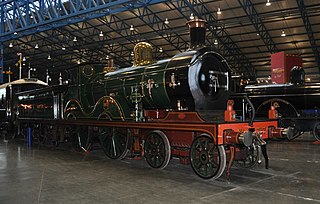
The SECR D class is a class of 4-4-0 tender locomotives designed by Harry Wainwright for the South Eastern and Chatham Railway.
The Chatham and District Light Railways Company was the originator and first operator of the electric tramway system that served Chatham and Gillingham, and was later extended into Rochester, Strood and Rainham. The system was in operation from 17 June 1902 to 30 September 1930, when it was superseded by the motorbuses of the Chatham and District Traction Company.

Rochester is a town and former city in Kent, England. It is located at the lowest bridging point of the River Medway about 30 miles (48 km) from London. The town's location is due to the bridge which carries the Roman Watling Street over the river.
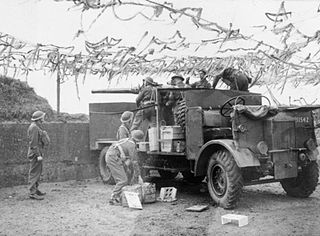
Fort Horsted is a scheduled monument that lies in the Horsted Valley to the South of Chatham, Kent, England. It is a late 19th-century Land Fort, and one of six constructed around Chatham and Gillingham, Kent to protect HM Dockyard Chatham from attack. Originally proposed in the Royal Commission on the Defence of the United Kingdom Report, published in 1860, it and the other land defences were omitted as part of general cost cutting with only the coastal defences on the River Medway being retained and completed under the original 1860 proposals. It was not until the mid-1870s that a revised programme was accepted, which included the construction of a convict prison at Borstal, Rochester, to provide low cost labour for the construction of a line of four forts, Fort Borstal, Fort Bridgewood, Fort Horsted and Fort Luton. Its construction started in 1879 and was complete by 1889 after much delay.

Canterbury Parkway railway station is a proposed interchange between the Ashford–Ramsgate line and the Chatham Main Line near Canterbury, Kent.


















